If you make use of public transport in Barcelona, you’ll soon realize how well organized and user-friendly it is. With its clear mapping and colour-coded lines from L1 to L11, the metro is the easiest form of transport to get to grips with. Newcomers to the city might be put off using the bus because of the huge variety of routes available and the spaghetti-like route maps pinned up at bus stops. However, taking the bus around Barcelona makes a lot of sense for several reasons: it gets you to those ‘hard to reach’ areas which aren’t accessible by metro; all buses are wheelchair-accessible; it’s a cost-effective mode of transport and, perhaps best of all – you get to see the city as you travel.
Here is ShBarcelona’s guide to getting around Barcelona by bus.
Table of Contents
The bus network simplified
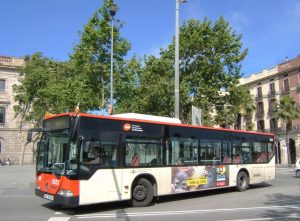


Photo by Francesc_2000 via Visualhunt
If you look at a map of the bus routes available from any particular bus stop in Barcelona, it can be a little mind-boggling. You’d be forgiven for not knowing where to start, let alone where to get off at the correct stop! The best approach is to use the TMB journey planner. Here you can enter your starting point and destination, select ‘traveling by bus’ and the app will show you the best available route. If you want to explore the available routes, then TMB also has an interactive Barcelona bus map.
In addition to the daytime services, there are night buses, prefixed by the letter ‘N’. They are less frequent than the day services but run all through the night, so they can be very useful if you are trying to get home after a night on the town. It is worth checking out the available night bus services before you head out, as it may be too much to think about after an evening of beer and tapas. You can use your TMB integrated transport ticket on these services.
Related article: Best transport apps in Barcelona
Practical information and best bus routes
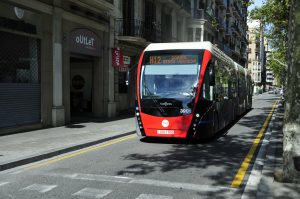


Photo by TMB Flickr via Visualhunt
The price of a single journey is €2.15 – try to have the correct change ready if buying a single fare as the drivers don’t carry a large float of change. You will save money if you buy an integrated travel card, if you plan to make several journeys. Please be advised that you can’t buy these on the bus, you need to buy them in advance from a metro, train or tram station. You should board the bus at the front unless you have a wheelchair or buggy, and exit at the middle or rear.
When you first arrive in Barcelona, you might find the following bus routes the most useful:
Buses serving the airport:
Service 46 runs from Avenida Parallel to Airport Terminals 1 and 2 via Plaça Espanya. There are services at least every 20 minutes throughout the daytime. Journey times from the town center to the airport are around 40 minutes, but leave plenty of time to allow for traffic.
After midnight, you can travel to the airport using the night bus services N16 for T2 and N17 for T1. These services start from Plaça Catalunya and take a rather tortuous route around El Prat de Llobregat, but they are the cheapest way to get to the airport at night. You can travel to the airport with a T-10 ticket using these buses, unlike the metro and train for which you have to buy an additional airport ticket.
Related article: L9 – Getting to the airport by subway
Buses serving the beach:
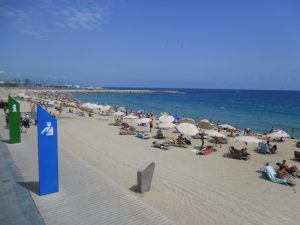


Photo by Oh-Barcelona.com via Visualhunt
During the hot summer months, the trek back to the town center can seem a bit much after a day of tanning. All of the following buses have stops along the sea front (click the relevant link for route details):
Buses serving Montjuïc:
Montjuïc is a beautiful place to walk, with its parks, museums, and breathtaking views. But when your feet are aching at the end of the day, you’ll probably be happy to take a seat at the nearest bus stop. The services 55 and 150 connect the funicular terminus with Castell de Montjuïc and vice versa.









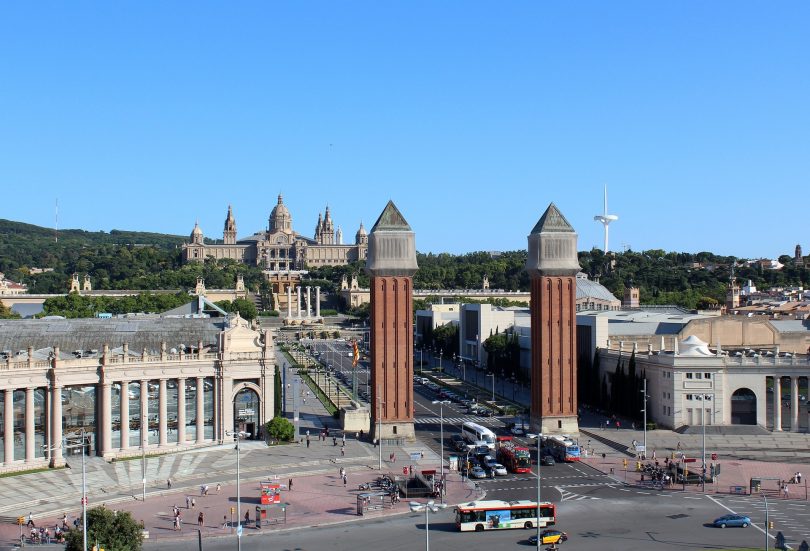
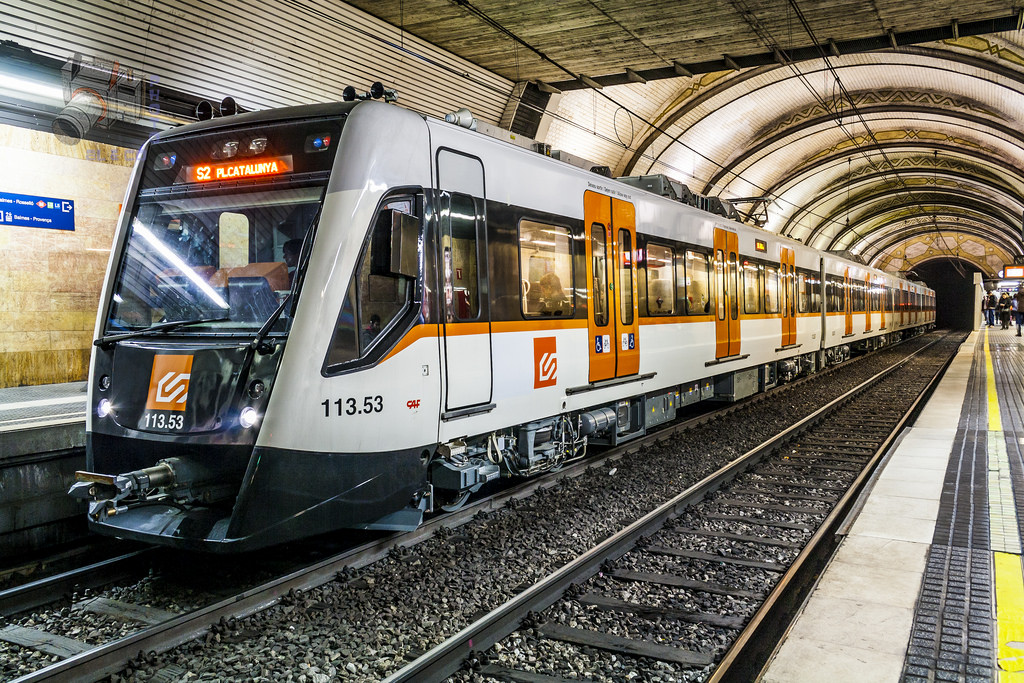


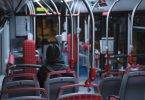
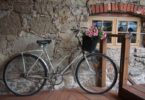

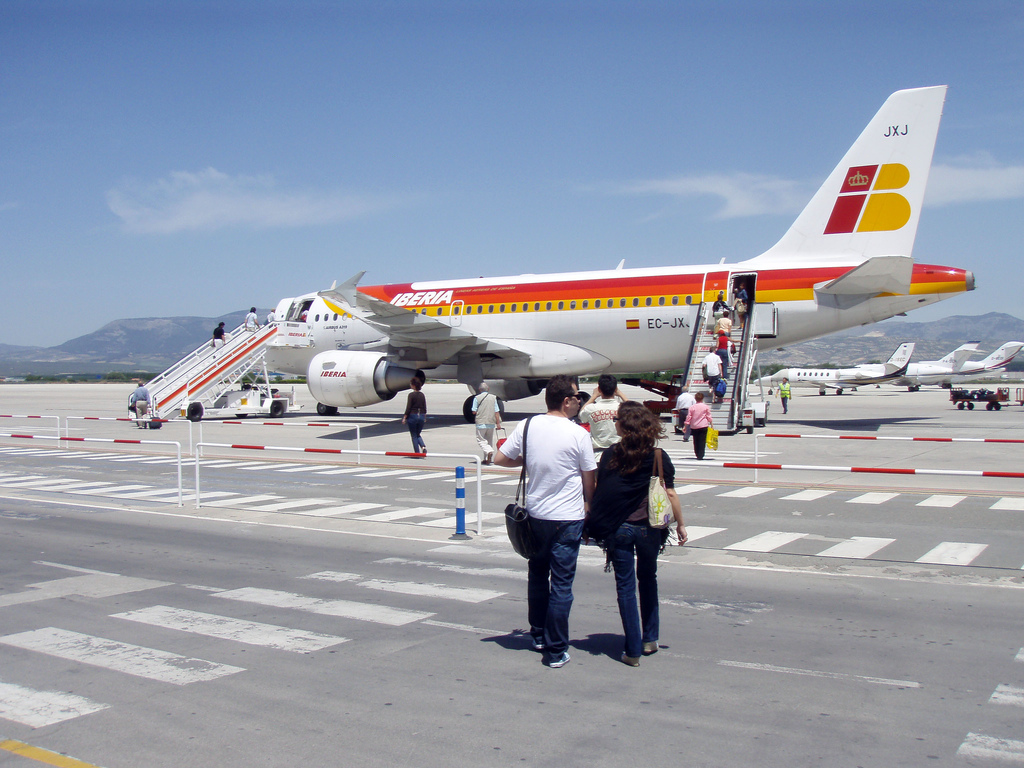

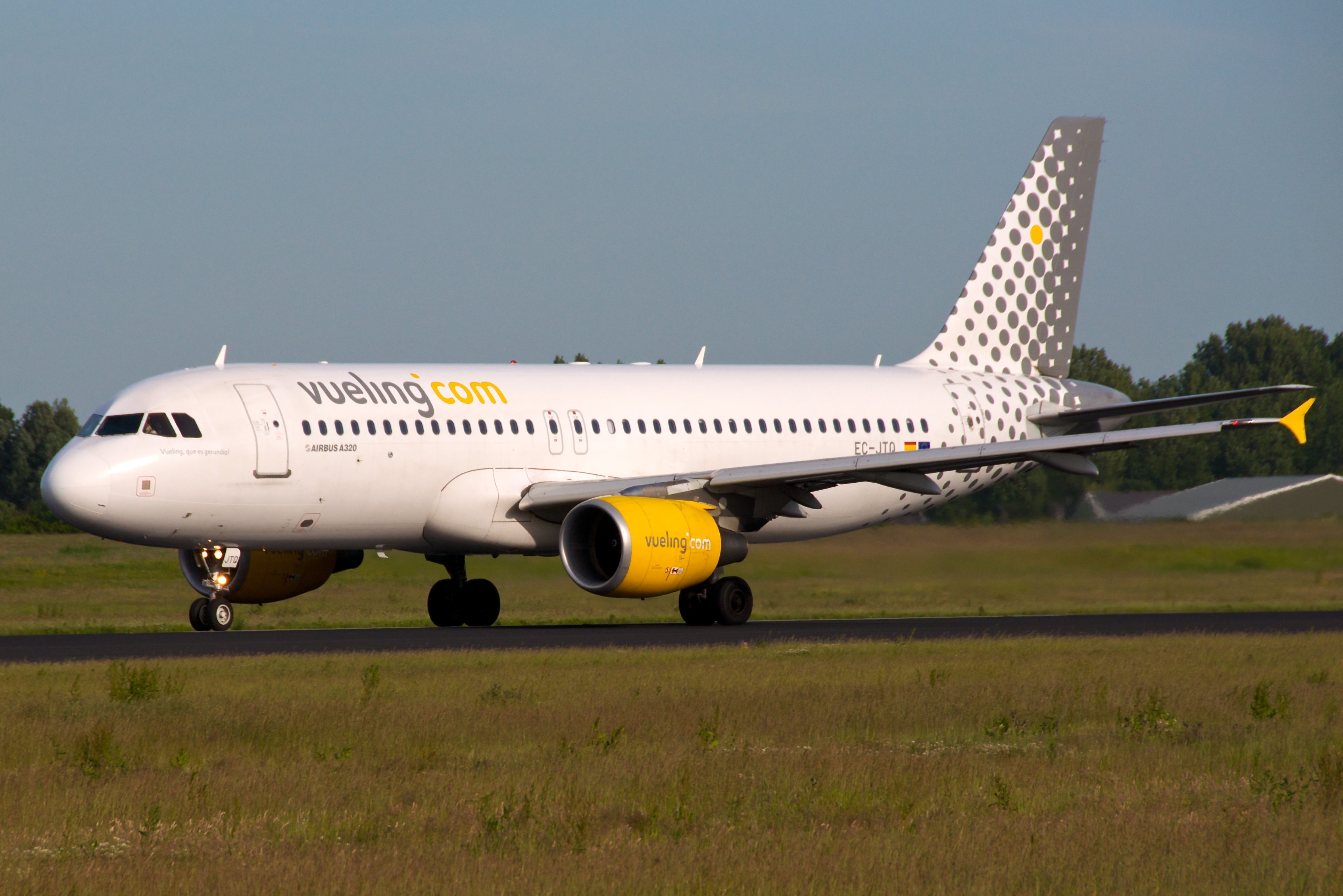
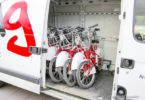

Leave a Comment